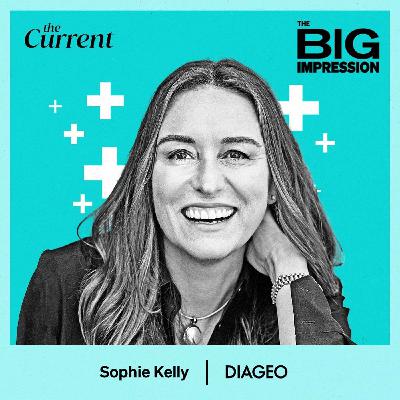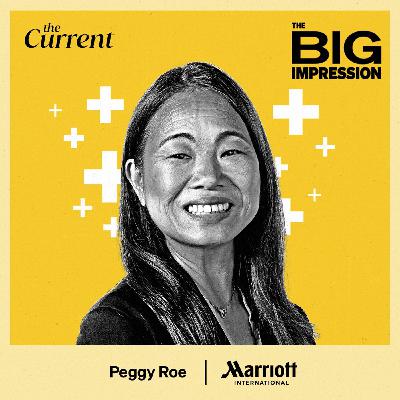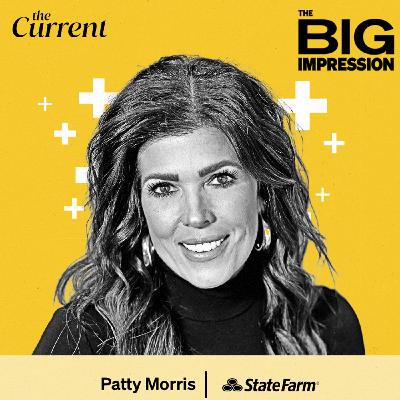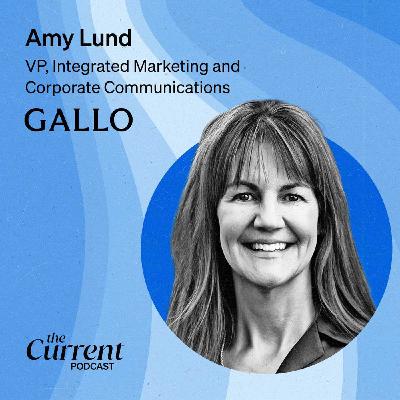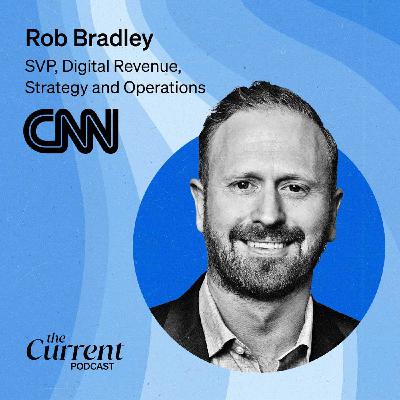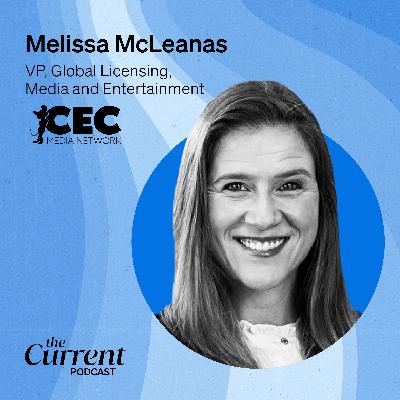Diageo’s Sophie Kelly on why great brand-building starts offline
Description
In this episode of The Big Impression, Kelly breaks down how Diageo is turning tequila into a global cultural force. One standout example: a six-city collaboration with DJ and fashion icon Peggy Gou that combined out-of-home, merch drops, pop-up events and hyperlocal storytelling.
From a Hong Kong hot pot party to a Milan piazza activation, every detail was designed to blur the line between brand and experience.
Episode Transcript
Please note, this transcript may contain minor inconsistencies compared to the episode audio.
Damian Fowler (00:00 ):
I'm Damian Fowler.
Ilyse Liffreing (00:01 ):
And I'm Ilyse Liffreing.
Damian Fowler (00:02 ):
And welcome to this edition of The Big Impression.
Ilyse Liffreing (00:08 ):
Today we're talking about how one of the fastest growing categories in the spirits industry, tequila and mezcal, is being shaped by culture, identity, and global consumer trends.
Damian Fowler (00:20 ):
Our guest is Sophie Kelly, SVP of Global Tequila and Mezcal Categories. At Diageo, she's leading the strategy behind some of the world's most iconic tequila brands, helping Diageo navigate its growth, changing cultural expectations, and the new ways consumers connect with celebration.
Ilyse Liffreing (00:39 ):
We'll talk about how Diageo is bouncing global scale with local storytelling, and in short, how tequila has become a cultural force beyond just the shot glass.
Damian Fowler (00:50 ):
So let's get into it.
Ilyse Liffreing (00:51 ):
Diageo is no stranger to bold campaigns and really intersecting in today's culture. How does your latest work in the tequila and mezcal category continue that legacy? And with your latest campaigns, what was one core story or rather insight that you're trying to bring to life?
Sophie Kelly (01:13 ):
Our moment of consumption is normally when people are out socializing, trying to have the best times of their lives or celebrate a major moment in their life. So think birthdays, weddings,
Ilyse Liffreing (01:25 ):
Or even here at
Sophie Kelly (01:26 ):
Can, even here at can, right festivals. So what is really important for us as we build our brands and think about how we go to market is that we are creating experiences for consumers to participate in. I think some of my favorite stuff across the category is on Don Julio. I mean, we launched a brand new product, 1942 Manys, which was a 50 ml supposed to allow people to access the luxury of 1942 at a better price point in a fun format. And we did that in the Oscars, right? But the most recent one, which I just adore and am still obsessed with and is still going, would be our cultural global collaboration with Peggy Goo. She is a number one DJ globally. She's also an icon in the fashion world, and she creates a load of fashion jewelry. We discovered her in Southeast Asia and she was a massive fan of 1942.
(02:32 ):
As marketers, we just started to ride along with her and gift her and be a part of her experience. So we approached her and said, any interest in creating a 1942 special limited edition with us? And she was blown away. She was like, yes, but can I design the product? Can I design the experience? Can it be global? Can it travel? Can it be teased? We said yes to all of the above. So we started off in Miami where we had an intimate party, but that intimate party probably had influences at it that had over a hundred thousand followers on Instagram. So we started to tease the collaboration, which was called the 1942 goo. And that's a really important element because we changed the logo of 1942 to be 1942 goo. We teased the campaign with outdoor and these events and we went from Miami to New York, to London to Milan and then to Seoul and then to Hong Kong. New York had a pop-up souvenir store in a car park. When we went to Milan, we did it in a piazza. When we went to London, we did it differently. When we were in Hong Kong, we did a hot pot pop-up. One of the most special parts of the experience was in Seoul, right in her home neighborhood and right next to where she was going to perform. And that was already up six weeks before it came. So we are teasing the drum roll in and the desire for people to be a part of this limited experience.
Ilyse Liffreing (04:12 ):
Now, I know you're talking a lot about out of home, but what were some of the other marketing channels that you leaned into for this campaign?
Sophie Kelly (04:18 ):
Everything in the popup was consumable or was collectible. So whether it was the key chains, whether it was the hats, whether it was her specifically designed scars, consumers could collect it, they could create content on it and they could share it broader. So then what started to happen was they were creating their own content. She was creating her own content and influencers within her sphere were creating their own content. And then there was the tease that we were moving to a new city. So that was creating a hype in that. So when you think about channel mix, it was digital, it was static, it was experiences, real life experiences, and most importantly, actions doing something, not just talking about it and then providing people with beautiful little artifacts that they could collect from the experiences to participate and create around.
Damian Fowler (05:18 ):
We want to get to what your takeaways are in a minute, but before that, I want to ask you, it is interesting when you watch the kind of trajectory of different spirits, it seems like tequila's having a serious moment right now. I mean, for example, in New York, just the other week I ordered a mezcal Negroni, it was
Sophie Kelly (05:39 ):
Amazing. 800 new craft brands have been launched into tequila in the last, I dunno, two years.
Ilyse Liffreing (05:47 ):
Wow, that is a lot.
Sophie Kelly (05:47 ):
So we are seeing a boom in tequila in the same way we saw in North American whiskeys in bourbon in the last five, six years and as a global business unit that I represent. So you are running the gamut of understanding the benefit of the experience of tequila, which is high-end tequilas that are incredibly versatile, that are suitable for multiple occasions and multiple drinks in a culture like the US to teaching people that tequila is no longer that bad shot you had in college. How do you educate? How do you train, how do you get these drinks into culture so that people choose them? Well, you got to have strong brands. You got to have the love of the bartender and the on-premise and you create the biggest rituals there beyond anywhere else, and they travel into the home and then you've got to pick up how consumers are interacting, right? So I'll give you a fun one. For example, we were in the ski fields and we observed that people were taking hot chocolates in shot glasses and then they were tipping the mini that I gave you, the 1942 mini into the top of the shot glass, and that was a serve. So we took that and we scaled it across the ski resorts, right? So from simple mixed drinks to sipping age liquids to fun novel rituals in clubs is how you really fuel what's going on.
Damian Fowler (07:19 ):
In terms of takeaways, do you have any kind of data points that show the growth and interest in this category?
Sophie Kelly (<a href="https://www.rev.com/app/transcript/Njg5MjRiMGJmMzVlYTNjYzFlNDQ3YTI5SmxKWnJrZVpEM3JM/o

